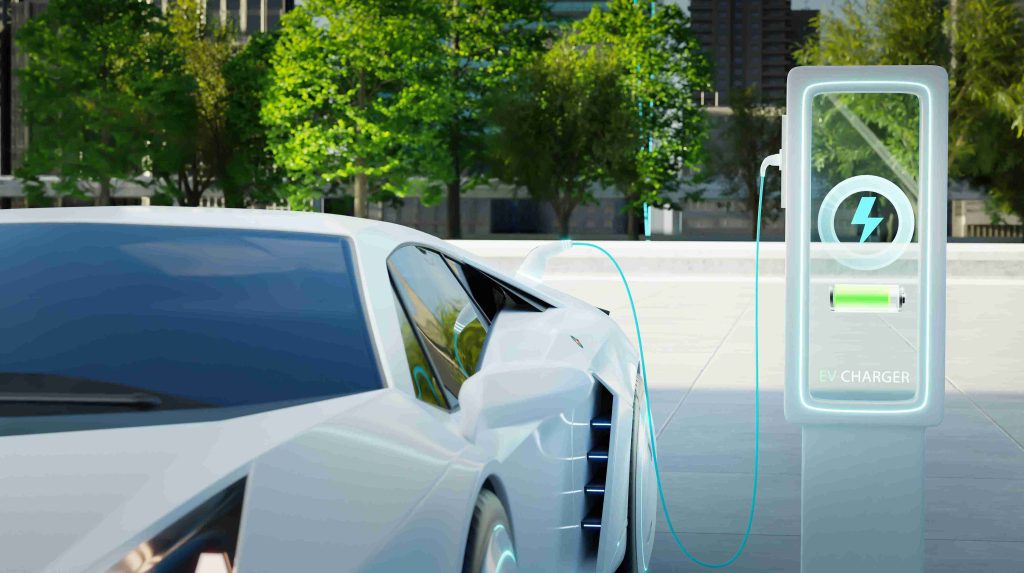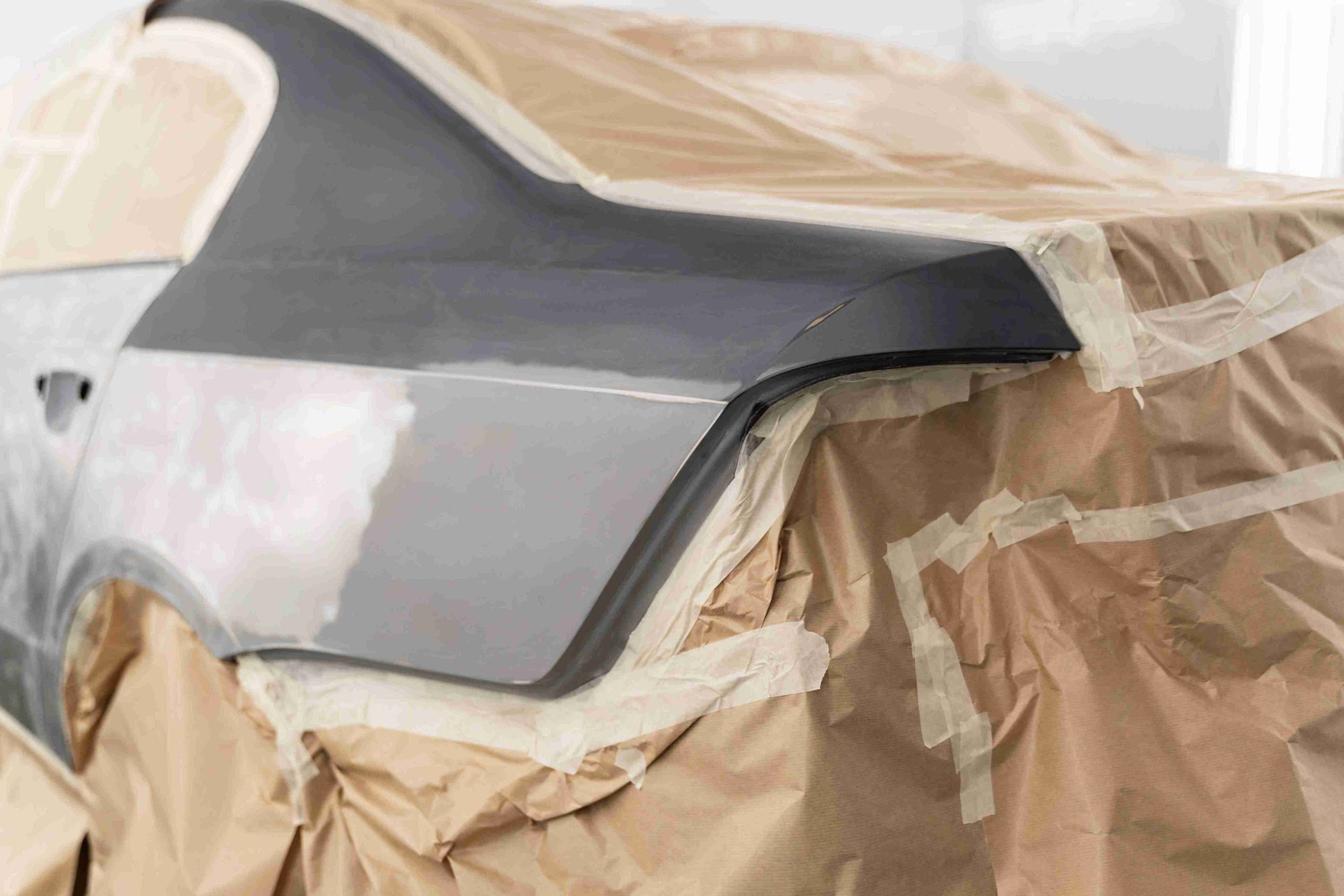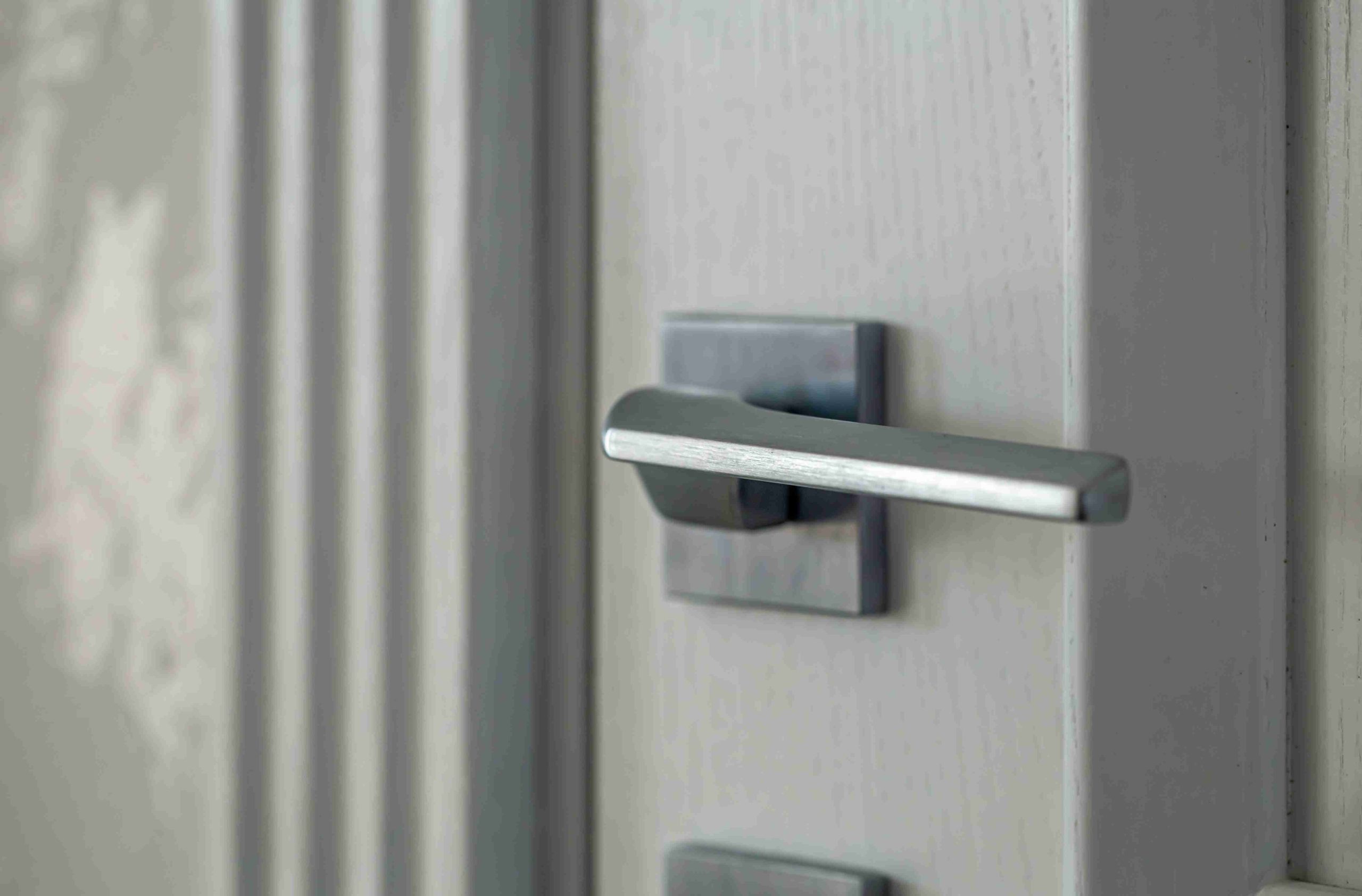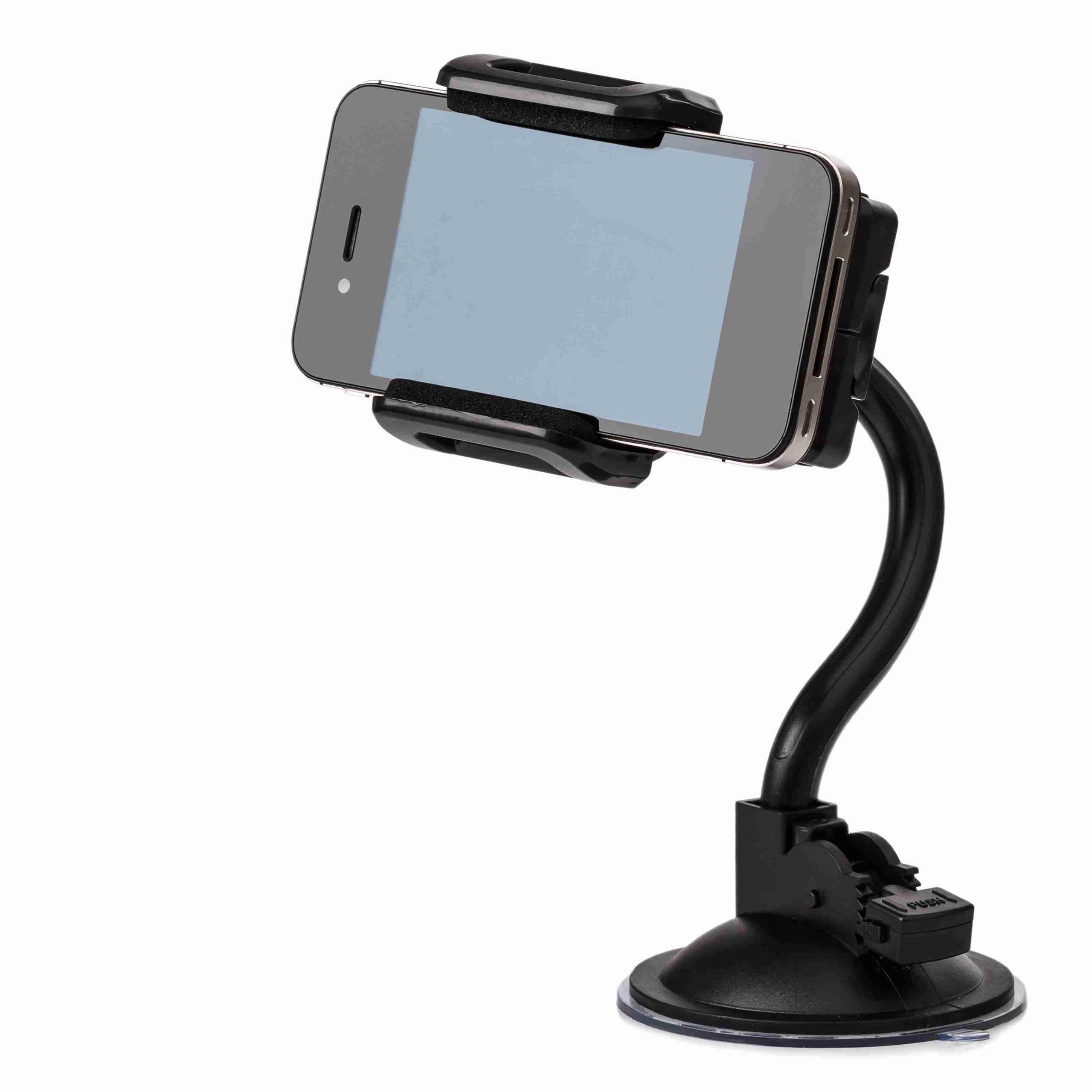The world is on wheels and not every wheel is driven in the same way. Behind the scenes of electric utility vehicles lies a fascinating convergence of mechanical precision and energy efficiency. A specific element, which is usually ignored, is turning out to be a silent facilitator in streamlining motion control and torque delivery.
What might this simple mechanism be doing in the development of modern electric drive systems? The response does not only show mechanics, it shows intent, design philosophy, and strategic innovation.
Precision and Torque: The Fundamentals of Worm Gears
Worm gears are a type of gear system that utilizes a worm (a screw-like gear) and a worm wheel to transmit motion at a right angle. The main engineering strength of them is that they can produce high torque at relatively low input speeds. They are especially suited to applications where smooth, quiet, compact power transfer is required.
Unlike spur or bevel gears, worm gears offer self-locking capabilities, meaning the gear cannot be easily back-driven. This aspect introduces an important safety and stability aspect to machinery where reverse movement should not be allowed. Additionally, worm gears distribute load across multiple teeth, which enhances wear resistance and contributes to operational durability.
These mechanical traits have made worm gears prevalent in a wide range of machines — from industrial lifts to conveyor systems. Their application in mobility systems is however just starting to be considered as electric mobility engineering becomes more sophisticated.
Rising Demand for Efficiency in Electric Utility Vehicles:
Electric utility vehicles (EUVs) are becoming essential assets in various industries, including logistics, manufacturing, agriculture, and urban services. These vehicles are known to be small in size, have no sound, and produce no emissions, and they are employed in transporting goods, towing, facility maintenance, and others.
As they become more widely used, there is an increased demand for better energy management, low maintenance drivetrains, and better performance. EUVs should be able to work effectively in long periods, and in cramped or challenging spaces. These needs may not be fulfilled by traditional gear systems because of mechanical losses, complexity, or vulnerability to wear at constant torque.
This is where worm gear systems offer a technical edge. Their ability to deliver high torque at low RPMs, combined with minimal noise output and relatively simple construction, makes them a valuable component in next-generation electric utility vehicles.
Integrating Worm Gears into Electric Drivetrains:
Incorporating worm gears into the drivetrain of an electric utility vehicle enables several key engineering advantages. Firstly, worm gears reduce the need for high-speed motors, allowing designers to use more energy-efficient motor configurations. This may greatly increase the battery life of the vehicle without reducing its towing or load bearing capacity.
Secondly, worm gears can be compactly housed within small axles or gearboxes, which aligns well with the spatial constraints of EUVs. They are also low profile and have a built in locking mechanism that stabilizes the vehicle when it is operated on a slant or when it is parked on uneven grounds.
Thirdly, worm gear systems require less frequent lubrication and maintenance compared to other gear types. This unique feature contributes to reducing downtime and service costs. This is particularly important in industrial or municipal applications. Because the reliability of the fleet directly influences the efficiencies of operations.
The use of worm gears is not limited to the propulsion system alone. They are also finding applications in adjustable parts of EUVs, including lift platforms, cargo beds or tilting mechanisms, where movement and retention of torque are required.
Considerations of Materials, Manufacturing and Performance:
Advances in material science and gear manufacturing technologies have significantly improved the performance of worm gears. Conventional issues like excessive friction and thermal accumulation are being overcome by employing high-performance alloys, machining and synthetic lubricants. These enhancements ensure the longevity and efficiency of worm gear assemblies even under continuous duty cycles.

Also, computer-aided design (CAD) and finite element analysis (FEA) are available to optimize the gear geometry to electric drive applications. This ensures that worm gears are not merely compatible with electric utility vehicles but are increasingly being custom-engineered to match vehicle performance profiles.
Noise reduction is another critical area where modern worm gear systems excel. Their smooth meshing effect and vibration damping ability are also part of the reason why they provide a more silent ride, which is in line with the low-noise feature of electric vehicles, especially when applied in urban areas, healthcare facilities, or hospitality industries.
Outlook: Worm Gears in Future EV Innovation
The integration of worm gears into electric utility vehicles is more than a mechanical enhancement—it’s a deliberate engineering choice that reflects the growing need for compact, efficient, and reliable mobility systems. With the EUVs demand projected to grow in all sectors, the manufacturers will demand drivetrain components with a combination of energy efficiency and durability.
Looking ahead, developments in lightweight composite materials and additive manufacturing could further reduce the size and weight of worm gears without compromising their load-bearing capability. This paves the way to an even wider use in small electric platforms.
Additionally, as autonomous utility vehicles begin to enter the market, worm gears can play a role in servo-driven steering mechanisms or self-adjusting vehicle arms. They are particularly helpful in back-driving resistant applications where position holding or redundant mechanical safety is necessary.
The synergy between worm gear systems and electric utility vehicles underscores a fundamental shift in motion technology. One prioritizes reliability, simplicity, and system integration. While worm gear may not be the most visible components, they are increasingly the ones making quiet, intelligent mobility possible.
Conclusion:
The transformation of electric utility vehicles from simple carriers to efficient, multi-functional platforms demands mechanical innovations. The mechanical advancement should be silent and efficient as the vehicles themselves. Worm gears, with their high torque output, compact design, and mechanical reliability, are proving to be an important part of this evolution.
As engineering continues to move toward quieter, smarter, and more sustainable systems, worm gears will remain at the center of functional innovation in electric vehicle mobility.




